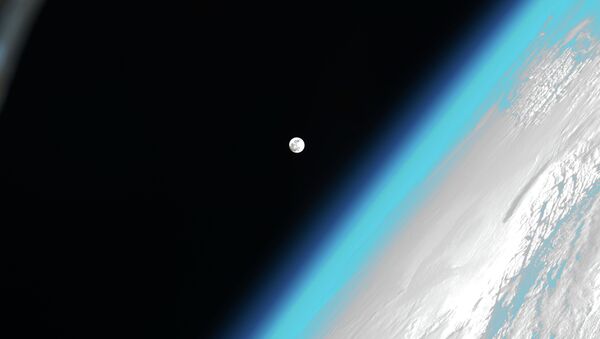The Longjiang-2 satellite entered the Moon’s orbit in June 2018 and was launched along with China’s Queqiao communications probe, which has been critical for the country’s recent Chang’e-4 lunar lander. In January the Chang’e-4 successfully touched down on the far side of the Moon — the side that’s always facing away from Earth. Yet it needs the Queqiao satellite to be located in a stable position near the Moon, where it sends radio signals from both Longjiang-2 and the Chang’e-4 lander to Earth.
READ MORE: Cold Moon: China’s Chang’e-4 Rover, Lander Survive First Lunar Night on Far Side
This photo of Earth and the Lunar farside, maybe our best ever, was taken yesterday by the Chinese Lunar satellite DSLWP-B (Longjiang-2). The Dwingeloo telescope downloaded the photo from the satellite this morning. More info at https://t.co/sKt7w9mol9 pic.twitter.com/IsnyvqekTz
— Dwingeloo Telescoop (@radiotelescoop) 4 февраля 2019 г.
Longjiang-2 had a companion satellite, Longjiang-1, which was also tasked with orbiting and observing the Moon. However, China lost contact with Longjiang-1 on its way to lunar orbit. Longjiang-2 has been a success, although during the Chang’e-4 landing the satellite was silent in order to not interfere with communications between the Earth and the lander.
The probe has since been re-activated and started taking a time-lapse of the Earth-Moon system on 3 February. The picture of that sequence was downloaded by Dwingeloo Radio Observatory in the Netherlands yesterday, marking the first time Longjiang-2 has captured the entire Moon and Earth in one shot.



